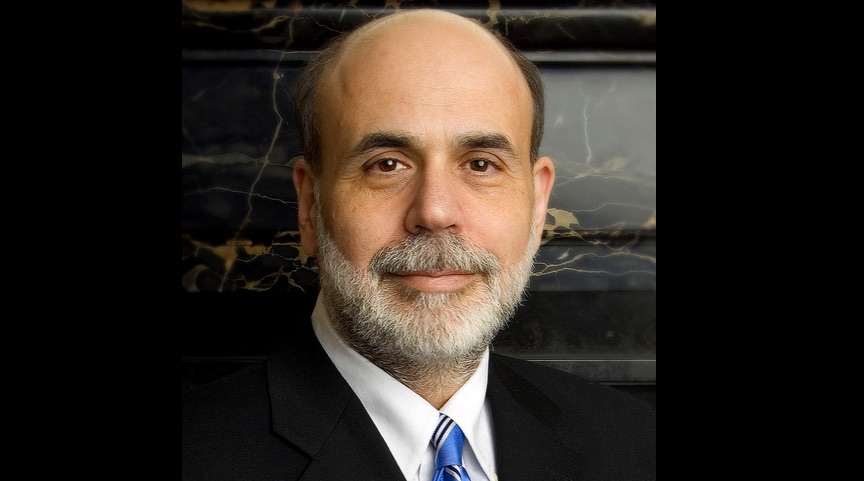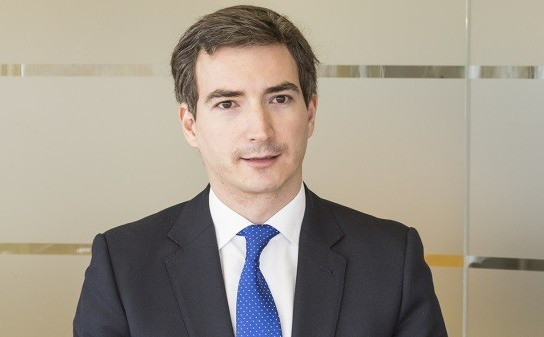The BBVA-El Celler de Can Roca Tour Will Start in Buenos Aires on August 1
| By Fórmate a Fondo | 0 Comentarios

Josep Roca, sommelier of the El Celler de Can Roca restaurant, has returned from Argentina, where he spent 10 days preparing the logistics for the tour with BBVA that according to him will start on August 1 at the facilities of Sociedad Rural Argentina in Buenos Aires, known simply as ‘La Rural’ among the locals. In the coming weeks the Roca brothers will announce the local ingredients they will serve with the dishes making up the Argentinean menu. They have already been working on these creations at their restaurant in Girona and at their own Roca-Lab.
During this research visit Josep Roca met on various occasions with renowned Argentinean chefs, and also with farmers and ranchers, sommeliers, wine experts, winemakers, anthropologists and journalists. Josep Roca also visited the bank’s offices, where he was received by Ricardo Moreno, executive president of BBVA Francés.
The sommelier of El Celler de Can Roca explained some highlights of this new tour. “I think we’ll do great things in Argentina. It will be an emotional, close, respectful, friendly and non-invasive tribute. Meat, mate, dulce de leche… we will be looking for these symbolic Argentinean products and giving them our own personal twist. We will also be using seafood, because what we have tried is amazing, and it will be a good way to make people aware of the resources available in the country. And of course, the Argentinean wine, of which we would like to be ambassadors to give our support to this new generation of winemakers that has impressed me so much. With this trip, BBVA is giving us a unique opportunity to learn and improve through a tour that, once more, is an ambitious challenge for us.”
Encounters with old friends and wine tasting in Mendoza
Josep Roca visited vineyards and cellars in Mendoza, Salta and Jujuy. “I’ve noticed that there is a revival of lively wines, led by a new generation of winemakers who understand that wine is from their native soil, rather than just being a variety. Their challenge is for the philosophy of their landscape to be identified in their wines, and I’m sure that this new generation will be expressing themselves much more in the future,” said Josep Roca.
Josep Roca had the chance to immerse himself in the Argentinean culture and even watch a match at the legendary stadium La Bombonera, where he pledged that “we’ll try to capture Argentina’s passion for soccer in a dish”. The maitre d’ of El Celler de Can Roca also ran into his friend the singer-songwriter Joan Manuel Serrat in Buenos Aires, and was received by Estanislao de Grandes, the Spanish ambassador to Argentina, who said that this visit was “a great honor”.
The students at Camino Abierto (a foundation that supports the integration of young people at risk of social exclusion in the province of Buenos Aires) will take part in this tour organized by BBVA and El Celler de Can Roca. They will have the chance to work directly with the Roca brothers and a team of more than 40 people who will travel from Spain. Thanks to a BBVA scholarship program, two of these young catering students will spend four months training at El Celler de Can Roca in Girona.
After this research trip to Argentina by Josep Roca, the next one to travel will be the younger brother, Jordi Roca, who will visit Miami and Birmingham in the United States next week. Joan Roca will also travel to Turkey in May.
Buenos Aires in Argentina; Miami, Birmingham and Houston in the United States; and Istanbul in Turkey are, in that order, the chosen cities for this second BBVA-El Celler de Can Roca tour.




